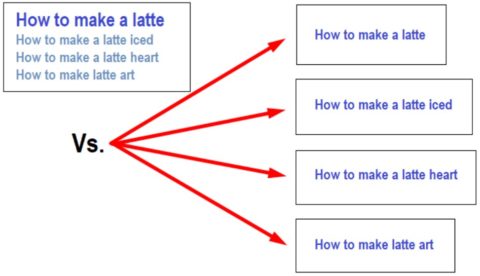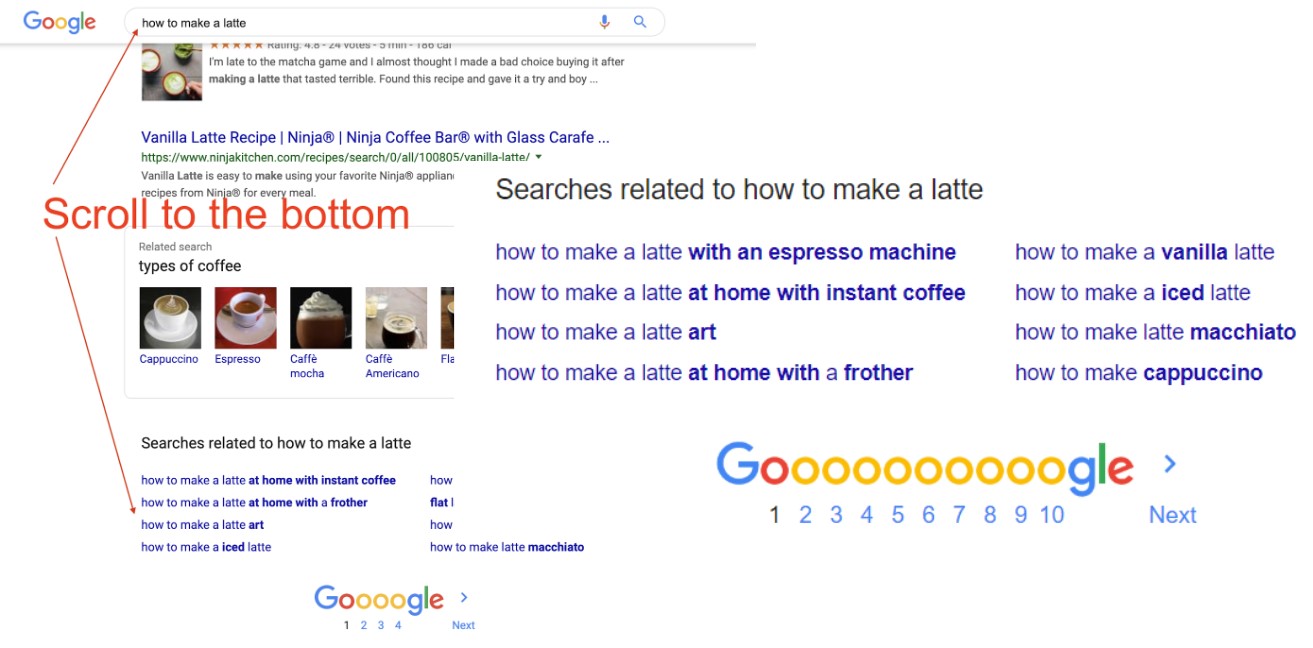Despite the evolution of Google and the internet, bad and outdated SEO tactics still proliferate.
And the worst part is they continue to wreak havoc to webpages, search rankings, traffic, and conversions because website owners themselves have no idea they no longer work.
So, what are some of the craziest and most common “do nots” of SEO?
On April 10, I moderated an SEJ ThinkTank webinar presented by Julia McCoy, CEO of Express Writers.
McCoy discussed the most common bad SEO tactics that are still happening all over the web along with smart solutions and replacements to help you avoid them for good.
Google Is Pro-User
Why should we care about what “NOT” to do when it comes to our website and Google-friendly practices?
We care about Google and avoiding bad practices for search because more than half (60 percent) of all traffic on the web starts with a Google search.
To forget, or even worse – ignore! – how your website is performing in search, is irresponsible.
The good news?
If you put the right practices in place, you might be on the verge of a success story.
Here are seven bad SEO tactics Google really hates and how to avoid them.
Bad Tactic 1: Using Your Target Keyword in an Outdated, Forced & Stuffy Style
Back in the day, it was common to see multiple pieces of content targeting the same keyword.

Today, if we were to separate related keywords like this into multiple pieces of content, we would be ignoring the importance of semantic search, which looks at the topic of a page rather than the repeated instances of keywords to determine relevancy to the search engine user.
Creating too much content around similar keywords can also cannibalize your keyword rankings.
Solution: Naturally Incorporate Synonyms of Your Focus Keyword in One Comprehensive Piece of Content
Scroll down to Google after you type in your target keyword to find synonymous keywords.

All of the synonymous keywords make excellent keyword choices to use in your blog.
Bad Tactic 2: Developing Only Short, Thin, Non-Comprehensive Content
Short content has its place. Not so much in SEO.
Solution: Create Long-Form Content
Based on several studies, the most-shared and the highest-ranked content is long-form (1,900-3,000 words).
BuzzSumo analyzed more than 100 million articles. The most-shared posts were long-form. Backlinko studied 1 million blogs, and found 1,900-2,000-word posts at the top of Google.
Bad Tactic 3: Posting Content Erratically Instead of on Schedule
If you post content consistently, you’ll feed Google, your website, and build your email list.
HubSpot looked at blogging frequency data from over 13,500 marketers and agencies. Those who blogged 16+ times per month earned the most traffic and the most leads.
Solution: Set a Blogging Schedule
Post consistently and regularly to build up your content library – but, make sure not to lose quality in the process.
Bad Tactic 4: Prioritizing Quantity Before Quality
Google cares about quality content, in a big way. Poorly-written, crappy content does NOT contribute to high rankings.
According to Google Quality Rater Guidelines, Google says that pages with the highest quality:
- Achieve an intended purpose.
- Demonstrate a high level of E-A-T (expertise, authoritativeness, and trustworthiness).
Solution: Focus on Creating Better Content
Create content that is much better than the results that already exist in the top five results on page 1 of Google for your keyword/term.
Bad Tactic 5: Publishing Duplicate Content
According to an SEMrush study of over 100,000 websites, one of the most common on-page SEO errors is duplicate content.
Solution: Use Copyscape to Check for Originality
Use Copyscape to run your content through a duplicate search, and rewrite any pages that have a high percentage match. The ultimate goal is to have a 0% match.
Bad Tactic 6: Buying Links
This is an old and outdated SEO practice.
Buying links is expressly forbidden and penalized by Google nowadays.
Google views each link to your site essentially as a “vote of confidence”. If you buy links, Google equates that to vote rigging.
In Google’s Webmaster forum, Google says that buying or selling links may be considered part of a link scheme and a violation of Google’s Webmaster Guidelines.
Solution: Create Link-Worthy Content, Consistently
Strive to become a known resource that people know, like, trust, and link to. This takes time and commitment.
It is possible for businesses to survive without physically buying or acquiring links.
For instance, Express Writers has never sought out a link in eight years. Quality of content, originality of thought, and relevancy for their audience have always come first.
There are also other leaders that have earned thousands of links without ever seeking one:
Unbounce
Oli Gardner wrote free ebooks and blogs to grow their brand. He created a 13,000-word, 15 million pixel infographic, The Newb’s Guide to Online Marketing, for Moz.
It was downloaded over 150,000 times and earned thousands of links.
Buffer
Kevan Lee has created “ultimate”-style content that’s earned hundreds of links per post for Buffer. Their “What We Learned Through 43 Million Facebook Posts” earned 164 organic links.
Bad Tactics 7: Forgetting About Consumer Reviews – or Even Worse, Getting Fake Ones Posted & Written
Seventy percent of consumers today check out company and product reviews before making an online purchase.
A study by the Washington Post found that 61% of electronics reviews on Amazon are fake.
Solution: Ask Your Happy Customers for Reviews
Ask more happy customers on a regular basis to review you on social media or your most important site (BBB, Yelp, Amazon). Listen for customer “YAY!” moments, and ask then.
Key Takeaways
- Don’t create too much content around similar keywords. Naturally incorporate synonymous keywords.
- Don’t create short, thin content. Comprehensive content earns more mentions, shares, and rankings.
- Don’t post content erratically. Stick to a content schedule.
- Don’t put quantity before quality. Focus on creating better content than what’s already in Google’s top 5.
- Don’t post duplicate content. Use Copyscape to check for originality.
- Don’t buy links. Create link-worthy content.
- Don’t forget customer reviews – and never have fake ones created and posted. Ask happy customers for reviews in their “Yay!” moments.
